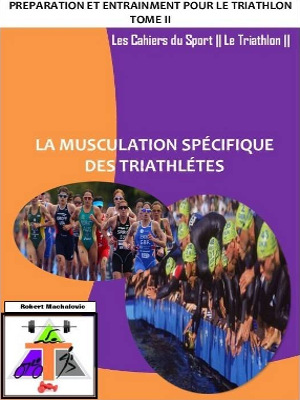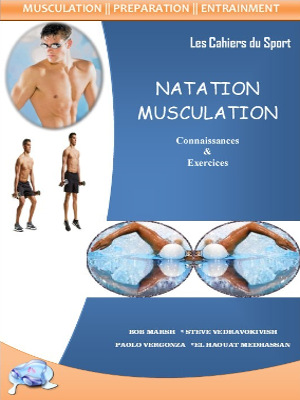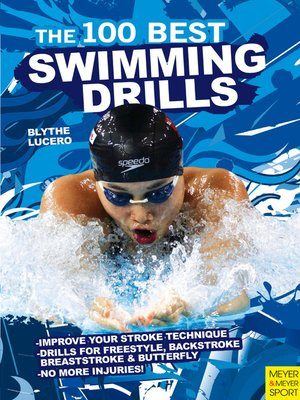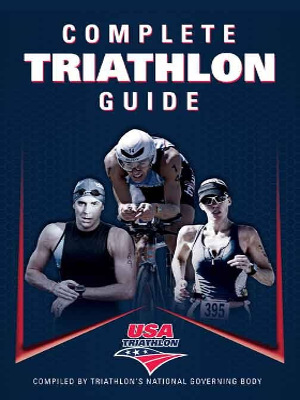The push pushes the palm backward through the water underneath the body at the beginning and at the side of the body at the end of the push. The movement increases speed throughout the pull push phase until the hand is moving at its greatest speed shortly before the end of the push.
Sometime after the beginning of the recovery of the one arm, the other arm begins its pull. The recovery moves the elbow in a semicircle in a vertical plane in the swimming direction. The lower arm and the hand are completely relaxed and hang down from the elbow close to the water surface and close to the swimmer's body. This gives the muscles a brief opportunity to rest. The beginning of the recovery looks similar to pulling the hand out of the back pocket of a pair of pants, with the small finger upwards. Further into the recovery phase, the hand movement has been compared to pulling up a center zip on a wetsuit. The recovering hand moves forward, with the fingers trailing downward, just above the surface of the water. In the middle of the recovery one shoulder is rotated into the air while the other is jumping backwards to avoid drag due to the large frontal area which at this specific time is not covered by the arm. To rotate the shoulder, some twist their torso while others also rotate everything down to their feet.
Beginners often make the mistake of not relaxing the arm during the recovery and of moving the hand too high and too far away from the body, in some cases even higher than the elbow. In these cases, drag and incidental muscle effort is increased at the expense of speed. Beginners often forget to use their shoulders to let the hand enter as far forward as possible. Some say the hand should enter the water thumb first, reducing drag through possible turbulence, others say the middle finger is first with the hand precisely bent down, giving thrust right from the start. At the beginning of the pull, the hand acts like a wing and is moved slower than the velocity of the swimmer (this may look like a brief rest) while at the end it acts like a scull and is moved faster than the velocity of the swimmer.
A recreational variation of front crawl involves only one arm moving at any one time, while the other arm rests and is stretched out at the front. This style is called a "catch up" stroke and requires less strength for swimming. This is because the immersed length of the body is longer and more streamlined. This style is slower than the regular front crawl and is rarely used competitively: however, it is often used for training purposes even by professional swimmers, as it increases the body's awareness of being streamlined in the water. Total Immersion is a similar technique.
The leg movement
The leg movement in freestyle is called the flutter kick. The legs move alternately, with one leg kicking downward while the other leg moves upward. While the legs provide only a small part of the overall speed, they are important to stabilize the body position. This lack of balance is apparent when using a pull buoy to neutralize the leg action.
The leg in the initial position bends very slightly at the knees, and then kicks the lower leg and the foot downwards similar to kicking a football. The legs may be bent inward slightly. After the kick the straight leg moves back up. A frequent mistake of beginners is to bend the legs too much or to kick too much out of the water.
Ideally, there are 6 kicks per cycle, although it is also possible to use 4 kicks or even 2 kicks. Franziska van Almsick, for example, swims very successfully with four kicks per cycle. When one arm is pushed down the opposite leg needs to do a downwards kick also, to fix the body orientation, because this happens shortly after the body rotation. Alternatively, front crawl can also be swum with a butterfly kick, although this reduces the stability of the swimming position. A breaststroke kick with front crawl arms (the Trudgen) is awkward, because the breathing pattern for front crawl needs a rotation, yet a breaststroke kick resists this rotation.
Breathing
Normally, the face is in the water during front crawl with eyes looking at the lower part of the wall in front of the pool, with the waterline between the brow line and the hairline. Yet, currently, many are debating whether the head should be kept down too. Breaths are taken through the mouth by turning the head to the side of a recovering arm at the beginning of the recovery, and breathing in the triangle between the upper arm, lower arm, and the waterline. The swimmer's forward movement will cause a bow wave with a trough in the water surface near the ears. After turning the head, a breath can be taken in this trough without the need to move the mouth above the average water surface. A thin film of water running down the head can be blown away just before the intake. The head is rotated back at the end of the recovery and points down and forward again when the recovered hand enters the water. The swimmer breathes out through mouth and nose until the next breath. Breathing out through the nose prevents water from entering the nose.
Standard swimming calls for one breath every third arm recovery, i.e., every 1.5 cycles, alternating the sides for breathing. Some swimmers instead take a breath every cycle, i.e., every second arm recovery, breathing always to the same side. Since breathing slightly reduces the speed, most competition swimmers breathe every 1.5 cycles. Swimmers sprinting the last few meters of a longer distance may breathe even less, and sprint swimmers rarely breathe at all- e.g. in a short-course 50 m race, most competitors prefer to breathe only 3 times for the whole race, once on the first 25 and twice on the final 25 after the flip turn.
In water polo, sometimes the head is kept out of the water completely for better visibility and easier breathing, at the price of a much steeper body position and higher drag.
Body movement
The body rolls about its long axis with every arm stroke such that the shoulder of the recovering arm is higher than the shoulder of the pushing/pulling arm. This makes the recovery much easier and reduces the need to turn the head to breathe. As one shoulder is out of the water it reduces drag, as one shoulder falls it aids the arm catching the water, as one shoulder rises it aids the arm at end of the push to leave the water.
Side-to-side movement is kept to a minimum: one of the main functions of the leg kick is to maintain the line of the body.
Start
The start is the regular start for swimming. After entering the water a brief gliding phase follows, followed by an underwater flutter kick or butterfly kick. After a maximum of 15 m the swimmer has to surface.
Turn and finish
The front crawl swimmer uses a tumble turn to reverse directions in minimal time. The swimmer swims close to the wall as quickly as possible. In the swimming position with one arm forward and one arm to the back, the swimmer does not recover one arm, but rather uses the pull/push of the other arm to initialize a somersault with the knees straight to the body. At the end of the somersault the feet are at the wall, and the swimmer is on his or her back with the hands over the head. The swimmer then pushes off the wall while turning sideways to lie on the breast. After a brief gliding phase, the swimmer starts with either a flutter kick or a butterfly kick before surfacing no more than 15 m from the wall.
A variant of the tumble turn is to make a somersault earlier with straight legs, throwing the legs toward the wall and gliding to the wall. This has a small risk of injury because the legs could hit another swimmer or the wall.
For the finish the swimmer has to touch the wall with any body part, usually the hand. Most swimmers sprint the finish as often as possible, which usually includes reducing their breathing rate.
Wikipedia




